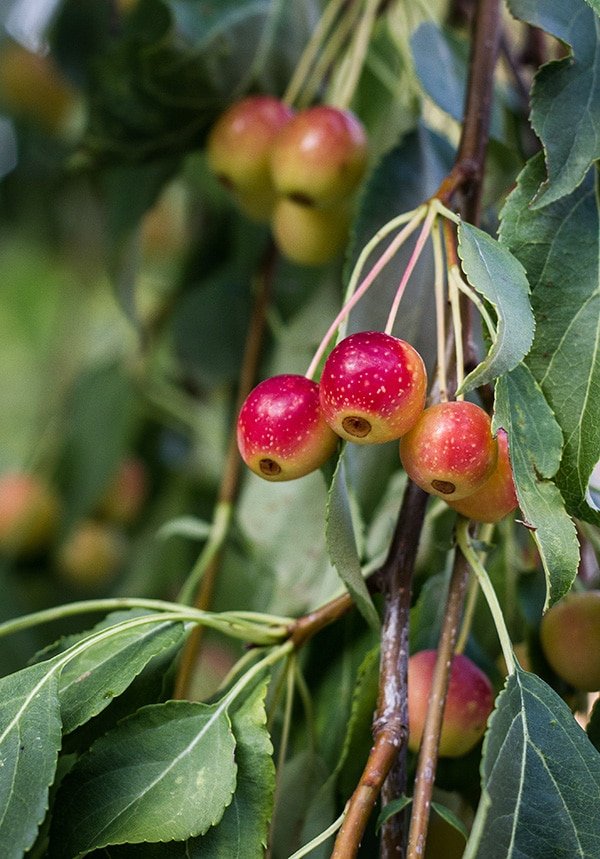
I’m a procrastinator when it comes to cleaning chores, indoors or out. However, I’d rather clean garden beds and borders than clean the kitchen floor. Consequently, I’m about to begin working through the planting beds, already knowing what I’ll find. It’s time for fall cleanup chores in the garden.
My planting beds are no different from yours – perennials need to be cut down, summer annuals removed, and frost-tender tubers such as dahlias and cannas lifted. I have a simple method for cleaning out summer annuals. Instead of pulling them out, I use a sharp blade to cut off their tops for quick disposal (or contribution to a compost pile), and allow the root system to remain behind. Over winter, frost will degrade the thread-like roots of annual plants like impatiens and coleus, contributing valuable organic material to the soil. Even the thicker roots of some annuals can be left in place to finish degrading through the next growing season.
With perennials, I’m always on the watch for spent flowerheads and seed pods that can be allowed to stand in the snow. The dried flowers of astilbe are one of my favourites, along with the split-open, lantern-shaped hosta seed cases and the tall brown centre cones of rudbeckia. Sometimes tall fluffy caps of snow build up on top of these, and they also provide seeds for finches and chickadees.
The clearing away of plant debris often reveals suckers around the crowns of grafted plants, and these need to be removed. Suckers are shoots emerging from the vigorous underground rootstock system, and they’ve been growing all summer, concealed by the foliage of nearby perennials. A grafted plant is one in which the plant above ground has been surgically attached to the root system of another plant, usually to increase the plant’s vigour and hardiness. Plants in my garden with grafted rootstocks include a corkscrew hazel, Japanese tree peonies, a laburnum and a ‘Red Jade’ weeping crabapple.
You’ll know a sucker when you see it, because it usually has a different appearance from the plant above ground. The suckers rising from rootstock under the corkscrew hazel have similar leaves, but the wood is straight and lacks the characteristic bends and contortions. Suckers rising from below a Japanese tree peony have similar leaves, but are shaped differently.
It’s important to cut these suckers out, because if left in place, they’ll swiftly overwhelm the plant above ground. Usually secateurs are all you’ll need to quickly cut the suckers back to where they spring from the crown, or you may have to dig a few inches down to find their source on the roots. Occasionally, I need loppers to remove thicker shoots rising from the rootstock under my ‘Red Jade’ crabapple.
I must admit, it would be better if I would check midsummer for these suckers and remove them when they’re smaller and haven’t been stealing energy from the plants all summer. But as I said, I’m a procrastinator when it comes to cleaning, and that’s what I’ll be doing this week.
